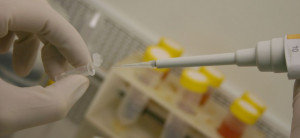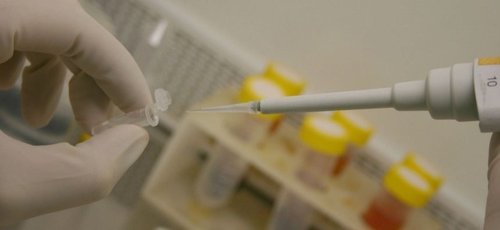Granulocyte colony-stimulating factor (GCSF) treatment in epilepticus rats
Project Coordinator: Zaquer Suzana Munhoz Costa-Ferro, PhD < / p>
Work Summary: In the present study, the effect of G-CSF on recurrent spontaneous seizures (CER) will be evaluated and compared with the effect of mononuclear cells of bone marrow (CMO). The specific objectives are: to treat animals with G-CSF; transplant CMO in experimental epileptic models; evaluate the RECs; evaluate apoptosis, microgliosis and neuronal loss; evaluate the response of long-term potentiation (LTP). Here, the effect of treatment with G-CSF and CMOs in Wistar epileptic models will be investigated. For the induction of epilepsy using the pilocarpine model, the models will be divided into two groups: group 1, epileptics; and group 2, consisting of control models.
Group 1: experimental models will receive pilocarpine. From this moment, the behavioral observation of them will begin. Approximately 90 minutes after installing the SE Diazepam will be injected to stop the seizures. After 30 days, the models will be evaluated by video camera for 15 days to quantify the CERs. Animals that present seizures will be subdivided into: I) epileptics who will receive saline injection (SE-saline group), II); epileptics who will receive a dose of G-CSF (group C-CSF) and III) for 5 consecutive days and epileptics who will receive a cell transplant (group SE-CMO).
Group 2: the experimental models of the control groups will receive similar treatment, but pilocarpine will be replaced by saline (control group). After this stage, the brain will be removed and sectioned, with one hemisphere to be used to evaluate LTP and the other hemisphere to be used to assess apoptosis, microgliosis and neuronal loss due to immunofluorescence.



